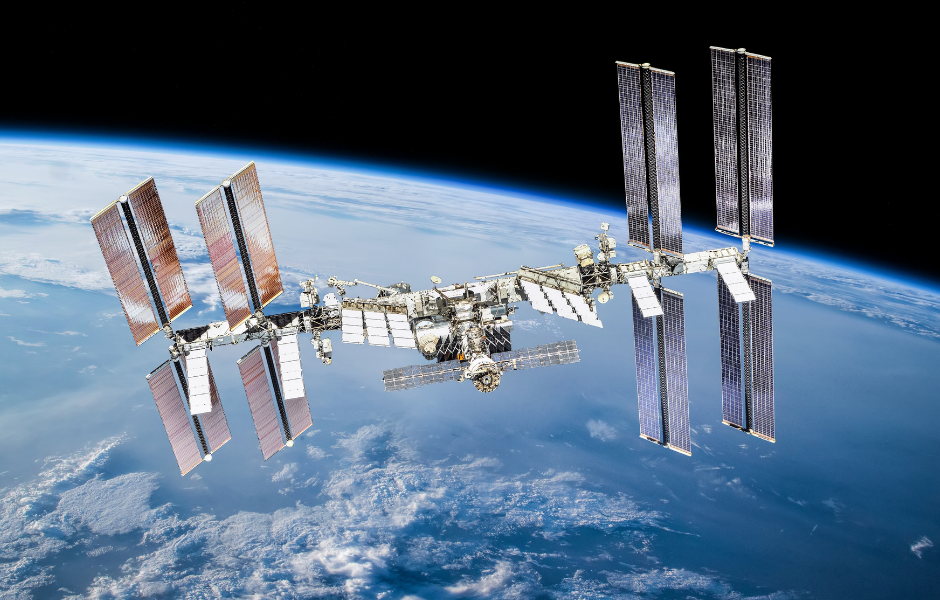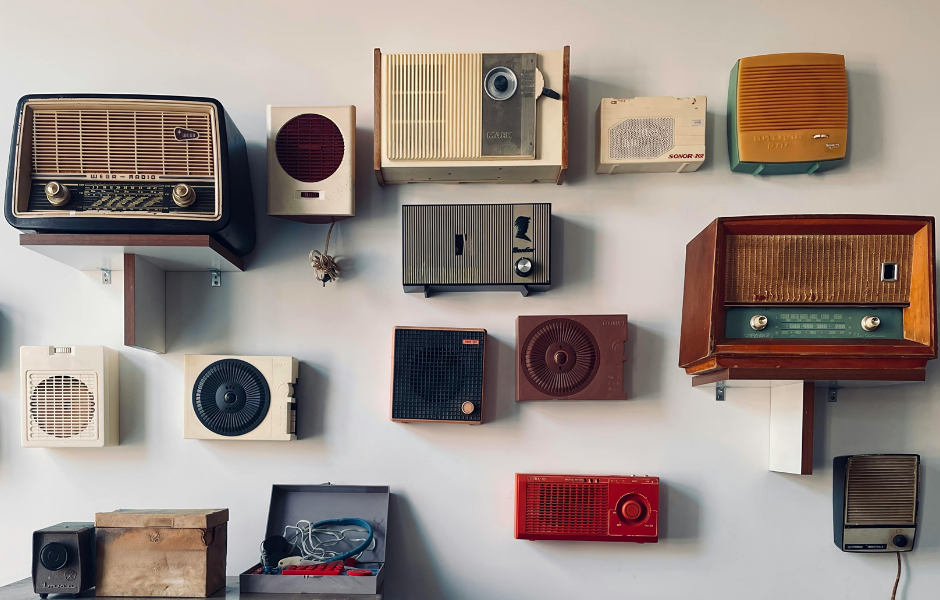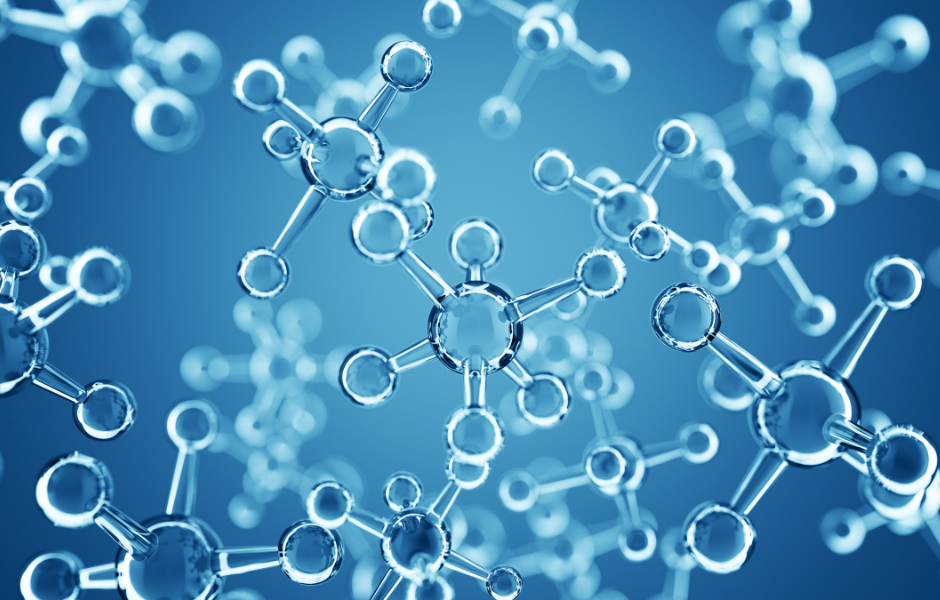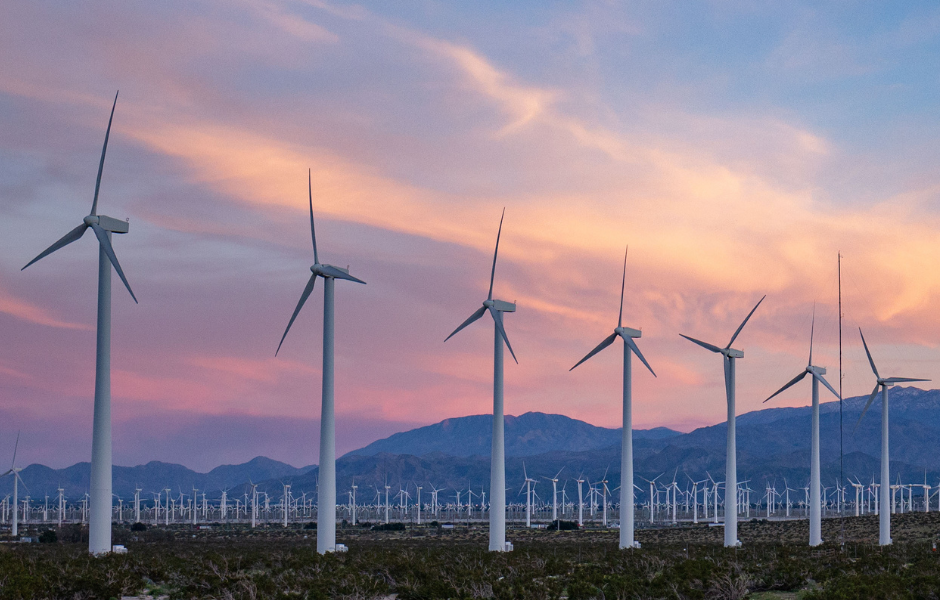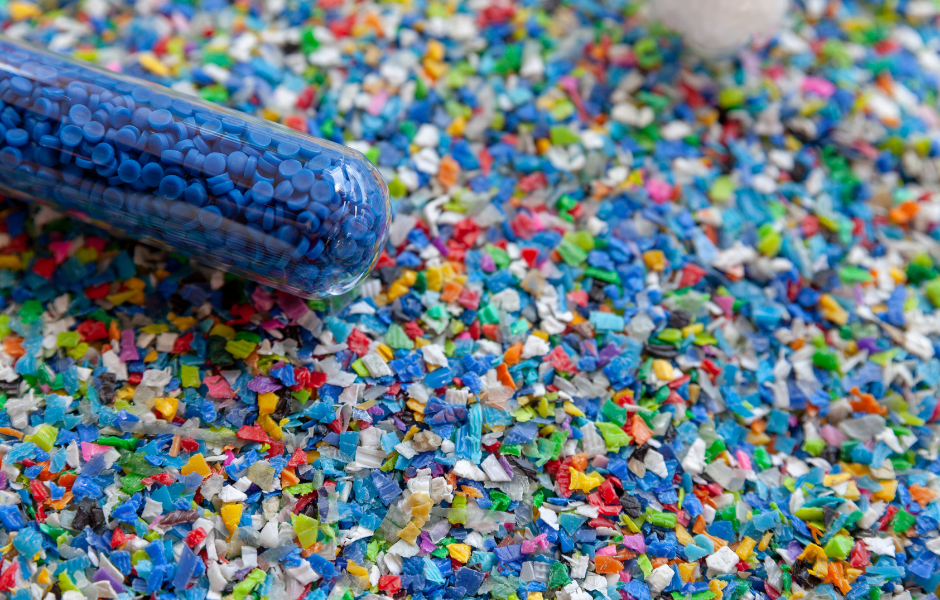
This children’s article, A kids’ guide to plastic and how it’s made, has been written for native English speakers and learners of English as a second or foreign language. It can help children build vocabulary, learn how plastic is made, and understand why it’s both useful and harmful. Written by Mark Pulley, a teacher and writer who creates fun and informative news articles for English learners.
What is plastic, anyway?
Plastic is something we see every day. It’s in water bottles, toys, food packaging, clothes, and even phones. But have you ever wondered what it actually is?
Plastic is a man-made material. That means it doesn’t grow in nature like wood or cotton; people have to create it. Most plastic is made from oil, a thick liquid found deep underground. Oil is turned into chemicals called polymers. These polymers can be shaped into almost anything, from tiny straws to huge car parts!
How is plastic made?
It starts with crude oil, which is sent to a factory called a refinery. There, the oil is heated and broken down into different parts. Some of those parts are used to make things like petrol, and others are used to make plastic. You can watch a video about it here.
In a chemical process, the oil turns into long chains of molecules called polymers. These are melted down and formed into small pellets. The pellets are shipped off to factories around the world, where they’re melted again and shaped into everyday items.
Why is plastic so popular?
Plastic is cheap, light, and strong. It doesn’t rot like wood or rust like metal. It can be clear or colourful, soft or hard, and it’s easy to make in large amounts.
That’s why it’s used in almost everything, from bubble wrap and toothbrushes to LEGO bricks and computers!
What’s the problem with plastic?
Plastic is useful, but it doesn’t break down easily. That means when we throw it away, it can stay in the environment for hundreds of years. Some plastic ends up in the ocean, where it can harm fish, turtles, and seabirds. You can read more about the problems with plastic in the Pacific Ocean in our article about that topic.
The good news? Scientists and inventors are working on making better kinds of plastic, ones that break down more quickly or can be used again and again.
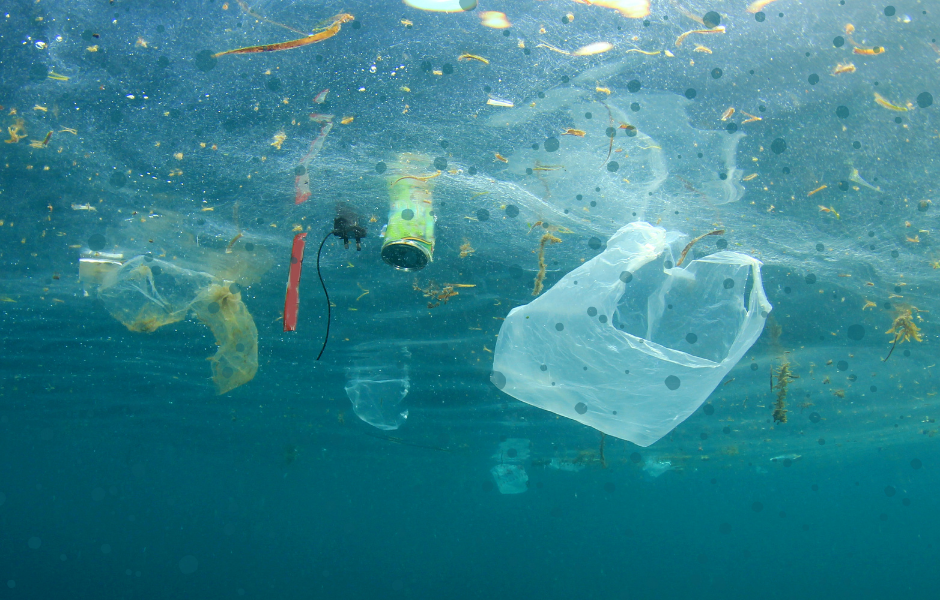
Article vocabulary list
- Plastic: A man-made material that can be shaped into many things
- Crude oil: Thick, dark liquid found underground, used to make fuel and plastic
- Refinery: A factory where crude oil is cleaned and separated
- Polymers: Long chains of molecules used to make plastic
- Pellets: Small round pieces of plastic used to make products
- Rot: To break down naturally, like food or wood
- Rust: The orange or brown stuff that forms on old metal
- Break down: To fall apart or be destroyed over time
Comprehension questions
Just click the plus (+) to see the answer
1. What is plastic made from?
A) Trees
B) Crude oil
C) Rocks
Answer: B) Crude oil
2. Where does crude oil come from?
Answer: Underground
3. What is a polymer?
A) A kind of fish
B) A long chain of molecules
C) A type of clothing
Answer: B) A long chain of molecules
4. Why is plastic so useful?
A) It breaks quickly
B) It’s expensive
C) It’s strong and light
Answer: C) It’s strong and light
5. What’s one problem with plastic?
A) It’s too colourful
B) It doesn’t break down easily
C) It melts too fast
Answer: B) It doesn’t break down easily
6. What are scientists trying to do?
A) Make plastic fly
B) Make plastic last forever
C) Make better plastic that breaks down
Answer: B) New parks in India or South America

Mark is a writer and EFL teacher from England with eight years’ experience. He’s passionate about travel, sport (especially football), animals, nature, and history, and enjoys helping children explore the world through language and learning.

